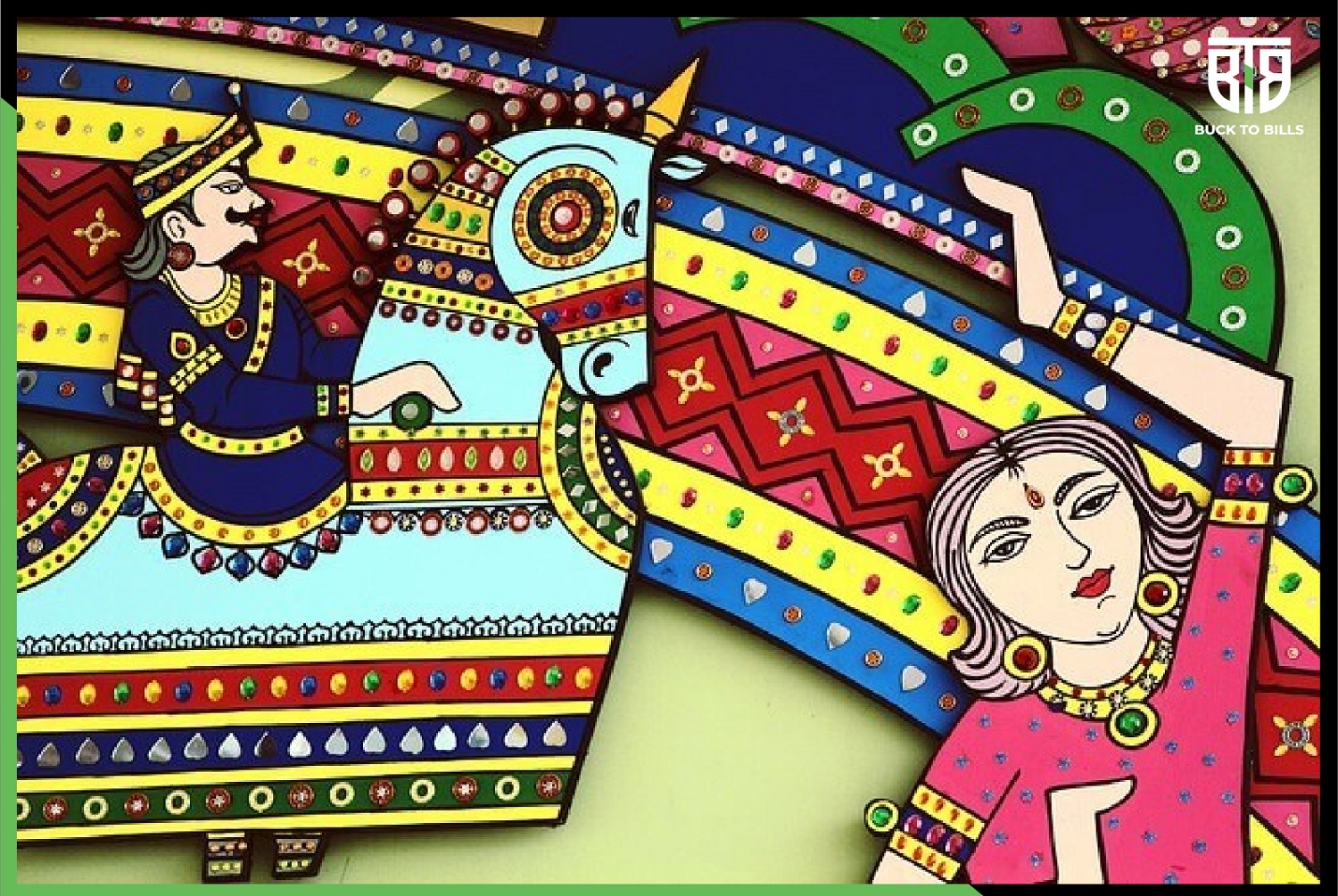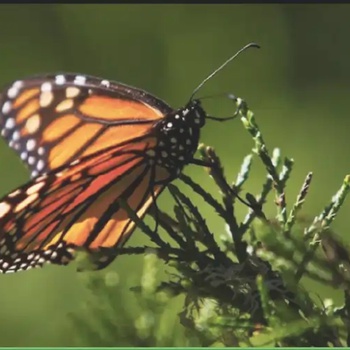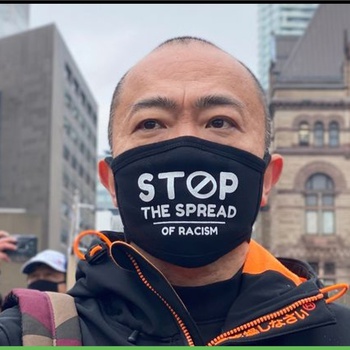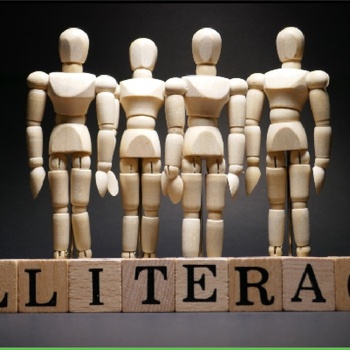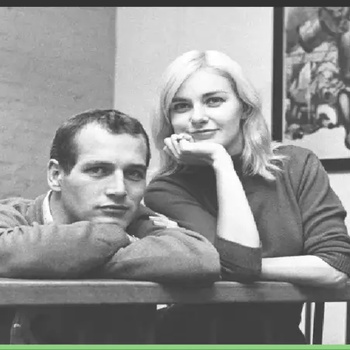The caste system is known to have existed for over 3,000 years on the nation’s holy land. The oldest surviving social stratification divides Hindus into hierarchical groups based on their karma and dharma (a term that usually denotes duty in the Hindu religion). History:
History:
While the exact origins of this system remained unclear, Manusmriti, a book on Hindu law that dates back to 1000 years before the birth of Jesus Christ, largely acknowledges the caste system in its book.
The Hindu caste system divides people into 4 main categories- namely, Brahmins, Kshatriyas, Vaishyas, and Shudras. It is also commonly believed that the groups have emerged from Brahma, the god of creation. At the top of the hierarchy are the Brahmins with Shudras placed at the bottom of the arrangement, Kshatriyas being the second, and Vaishyas occupying third place. As has been said above, the castes are based on their dharma. Hence, Brahmins, teachers, priests, and godmen, are believed to have emerged from Brahma&rsquo's head. Kshatriyas, royal families, rulers, and warriors are known to have originated from Brahma&rsquo's arms. While Vaishyas, who are mostly merchants, were created from Brahma&rsquo's thighs, Shudras, the lowest rung are believed to have emerged from Brahma&rsquo's feet and hence are made to do all menial jobs.
At the top of the hierarchy are the Brahmins with Shudras placed at the bottom of the arrangement, Kshatriyas being the second, and Vaishyas occupying third place. As has been said above, the castes are based on their dharma. Hence, Brahmins, teachers, priests, and godmen, are believed to have emerged from Brahma&rsquo's head. Kshatriyas, royal families, rulers, and warriors are known to have originated from Brahma&rsquo's arms. While Vaishyas, who are mostly merchants, were created from Brahma&rsquo's thighs, Shudras, the lowest rung are believed to have emerged from Brahma&rsquo's feet and hence are made to do all menial jobs. Although the main caste system is represented into 4 groups, there are nearly 3000 castes and 25000 sub-castes in India.
Although the main caste system is represented into 4 groups, there are nearly 3000 castes and 25000 sub-castes in India.
For almost centuries, the lifestyle of people in India has been dictated by the caste system. While the people at the top of this hierarchy enjoyed an absolute authoritative stance, Shudras were the most vulnerable strata of the society. Temples, educational institutes, and other public places were forbidden for Shudras. Matrimonial alliances are made only from the same caste group. Brahmins don’t accept food, water, or any other things offered by Shudras. Shudras are not allowed to drink water from the public wells.
The unchanged customs, rituals, and practices trapped the vulnerable people in the social group in which the higher castes are bestowed with all the privileges, and the lowest groups are suppressed and often treated as worst as slaves.
The situation has deteriorated drastically with the colonization and divisive politics of the colonialists. Despite the suppression, there are people like KR Narayanan and BR Ambedkar who have risen to hold prestigious positions in the country.
Dimensions of the caste system:
The caste system despite just dividing people into groups based on their birth has given rise to many other evils including untouchability, discrimination, the slave system, and menial work.
Shudras, lower caste people, are considered untouchable and discriminated upon. They had not been allowed to live in the same streets as Brahmins, Kshatriyas, and Vaishyas. They were not offered decent and dignified works, rather they were made to work only for menial jobs including sanitation, leather works, and cleaning streets. These are just a few things to mention though. The lower castes were even exploited for their work and made to work for generations altogether without offering their rightful share for the work. Shudras were denied access to better facilities including neighbourhood, housing, medical, and educational facilities.
Role of government:
In an attempt to reverse the injustice meted out to these vulnerable sections of society, the government has stepped in and has taken various steps to reverse the loss. Abolition of untouchability, discrimination on the grounds of caste, prevention of atrocities on scheduled castes and tribes, provision of reservation in educational institutions and employment opportunities are testimonies of the government’s commitment to restoring their status in society.
While the steps taken have provided some relief to the disadvantaged groups, age-old stereotypes continue to haunt these vulnerable sections even today.
The legality of the system:
Independent India has abolished the practice of untouchability and discrimination on the grounds of caste in an attempt to correct the historical injustice meted out to the country’s people. While all the practices related to discrimination, slavery, exploitation, and untouchability have been discontinued and made cognizable offences, they still haunt the present with the prevailing practices in some corners of the country. Incidences of caste violence, honour killings, and other forms of caste-based violence are common news items.
Caste in modern India:
Times have changed; more harmonious relationships can be seen between different castes today. Although the practice of untouchability is less visible, its presence cannot be ruled out altogether. There is food sharing, lower castes are allowed to access public spaces including temples, wells, and even restaurants. While the change can be seen in urban spaces, the differences are still glaring in rural settings. Many of them have now taken up occupations in various fields including teaching, government jobs, and service-related sectors. The concept of purity associated with the caste system has diminished to a significant amount. However, the practices can be seen in closed-door celebrations and occasions which is not an appreciative sight to behold. The status of women from vulnerable sections has changed but not to the required levels.
The concept of purity associated with the caste system has diminished to a significant amount. However, the practices can be seen in closed-door celebrations and occasions which is not an appreciative sight to behold. The status of women from vulnerable sections has changed but not to the required levels.
Although caste-based discrimination has been outlawed in the country, caste has remained a basis for competition for access to resources. This can be partly attributed to the preferential policies, vote bank politics, and other appeasement policies.
Bottom-line:
Religion has been the constant push for social stratification beginning from the arrival of Aryans. The system continued and is continuing a long legacy of its discrimination on the society for centuries and centuries. However, the caste system has played a significant role in India in shaping occupations and role according to the social strata. Even after 70 years of independence, India continues to be under the grip of caste consciousness. Numerous movements challenging the injustices have encouraged inclusive societies. There are fewer restrictions in case of social interactions now but they are present. While India should be applauded for its constant efforts in eliminating one of its evilest practices, let us also wish it doesn’t let its guard down now as it is more important to have an inclusive society now than ever before.

